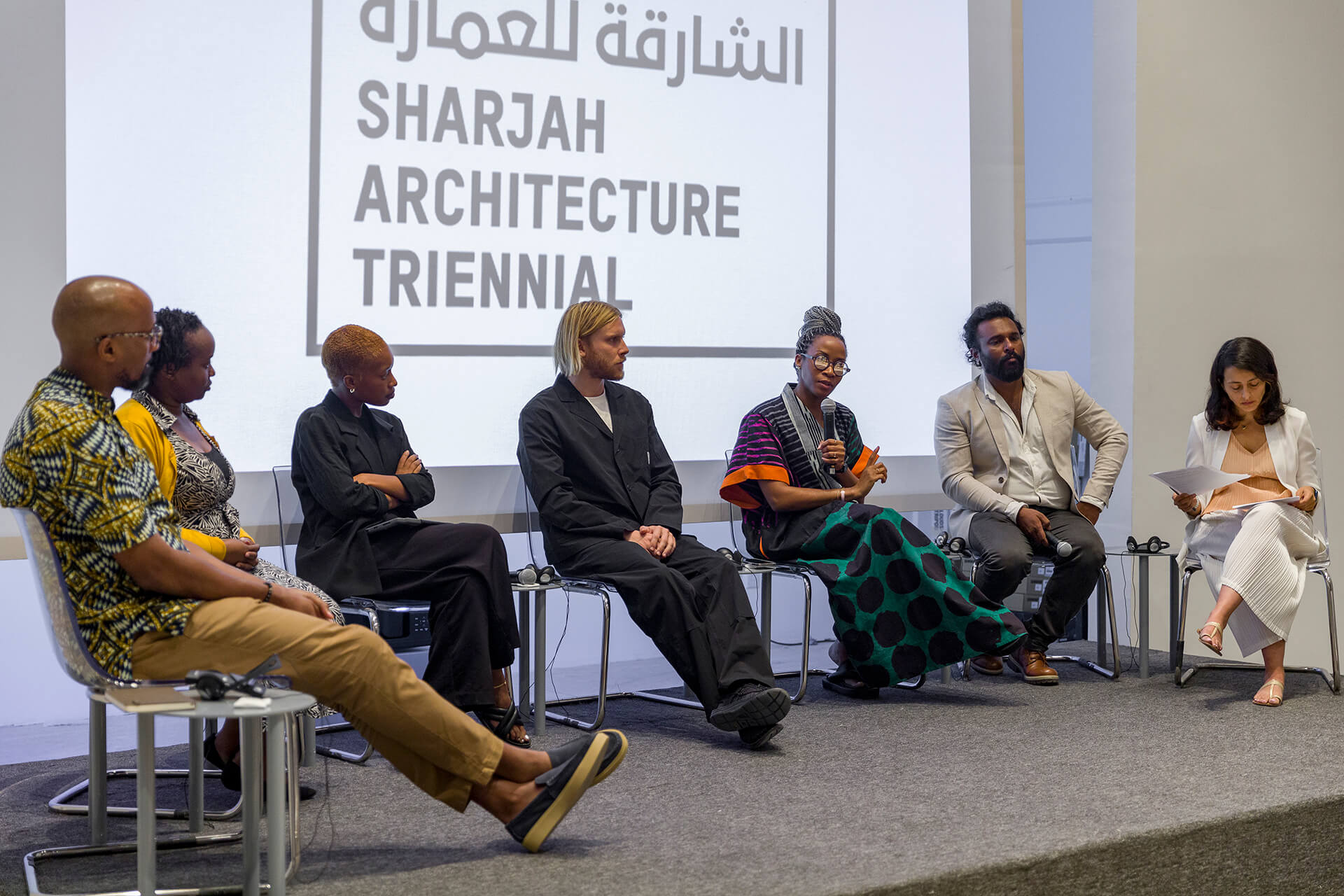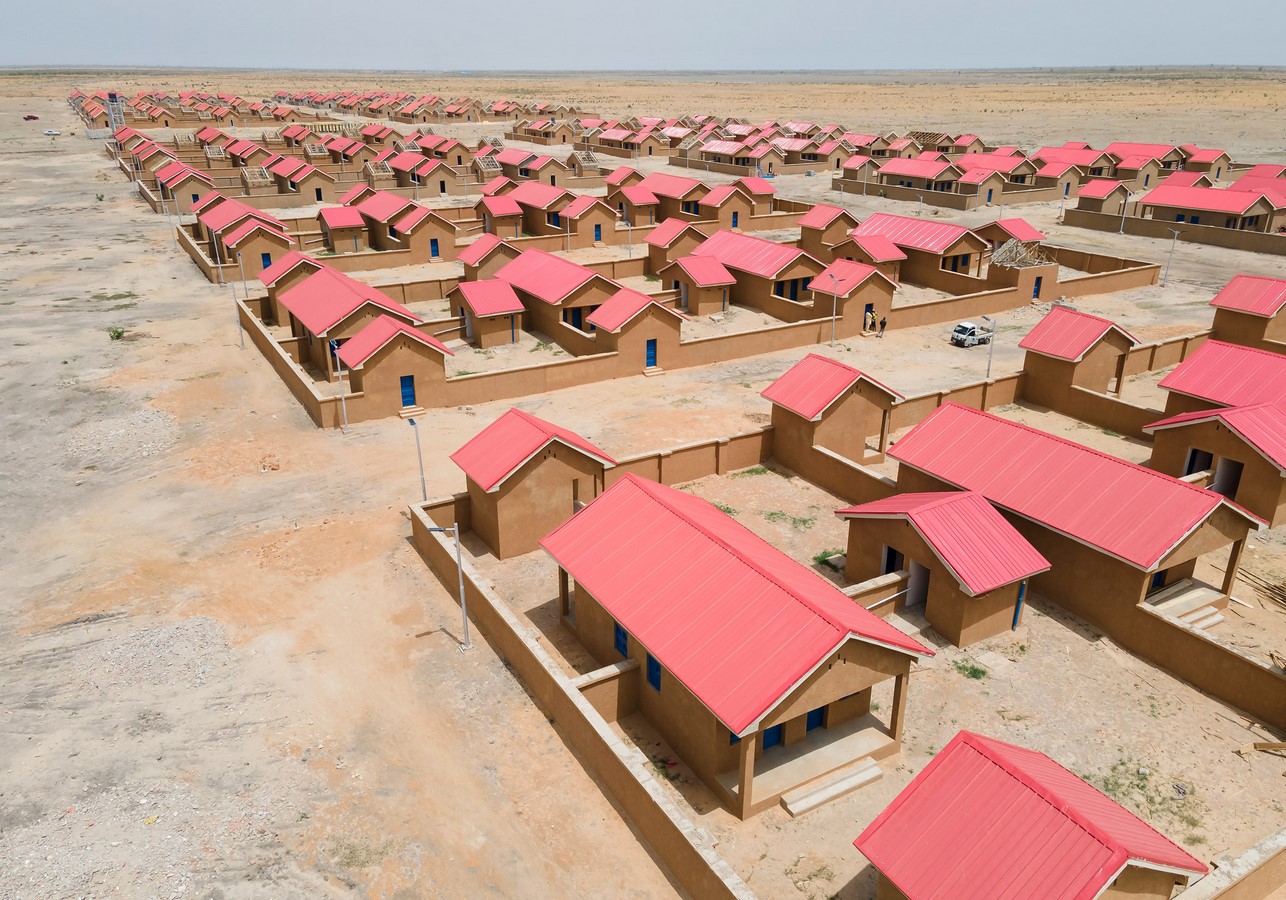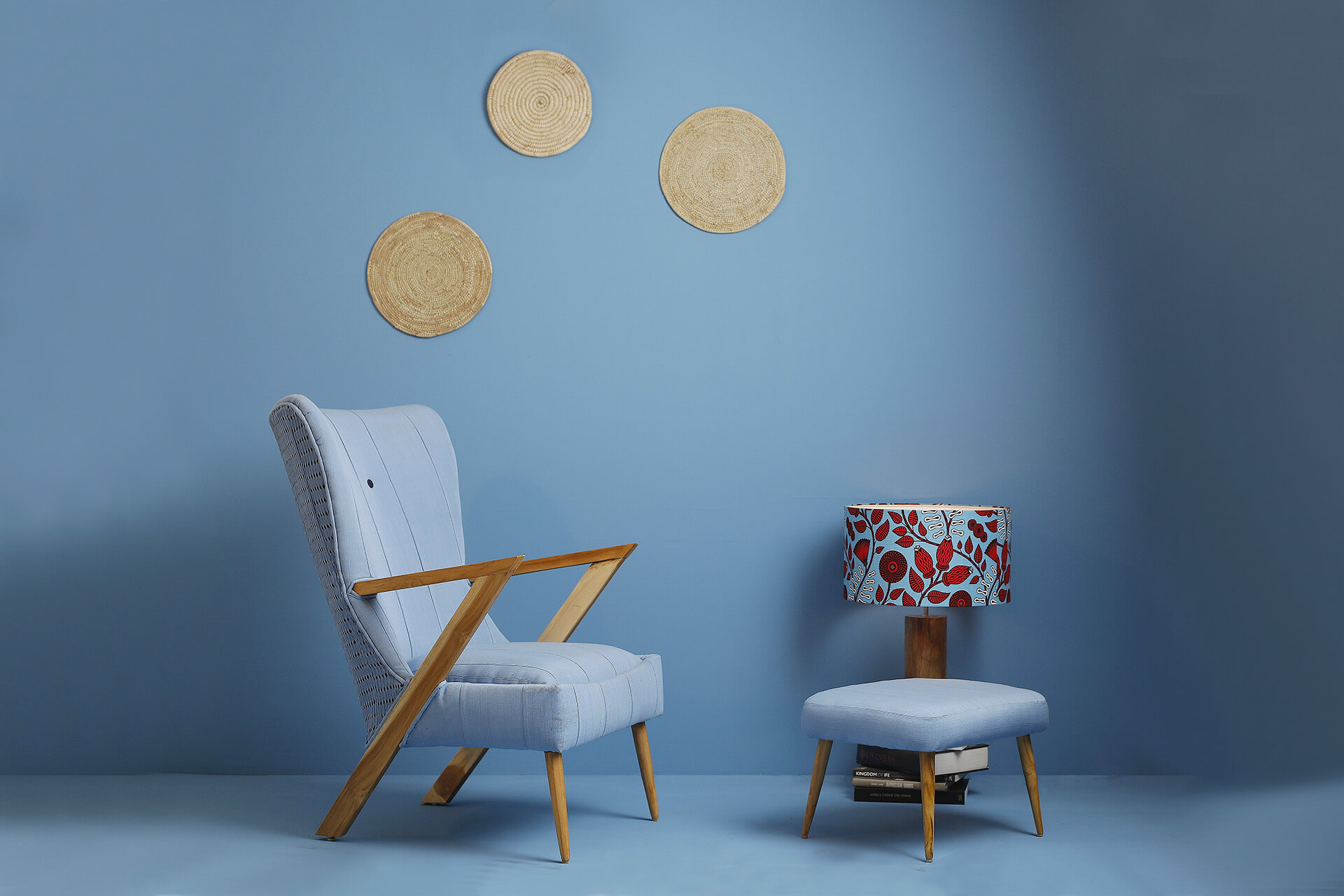Influence of identity and culture in designs

In a STIRring conversation, Nigerian architect Tosin Oshinowo discusses her new role as a curator, rebuilding Ngarannam, and the influence of African culture in her designs.
The village of Chibok in Nigeria made it to the news in 2014 for one of the most heartbreaking incidents. On the night of April 14–15, 2014, Boko Haram terrorists tore down the village, kidnapping 276 female students and displacing countless families. In 2022, Chibok and Ngarannam made the headlines again. This time for the resilience shown by the community. With the initiative of the Nigerian government and United Nations Development Programme (UNDP), the families of Ngarannam returned to their villages. While the scars of the past remained, this comeback was definitely a story of hope, of new beginnings, not just for the people of Ngarannam but for many communities of Nigeria fighting the terrorist group Boko Haram. What gained more attention was how one architect and her team imagined a new life for Ngarannam along with the government and UNDP. Answering the question, ‘Can architecture actually help revive the identity and sense of place for a community?’ is Nigerian architect Tosin Oshinowo and her architectural studio, cmDesign Atelier.
PUBLICATION
The STIR
DATE PUBLISHED
April 21 2023
Lagos, Nigeria
In response to the need for the resettlement of Internally Displaced People (IDP), due to the Boko Haram insurgency in the Northeastern part of Nigeria, UNDP Nigeria commissioned Oshinowo to design the master plan for the redevelopment of Ngarannam in Borno State. The vision was to design a settlement on the outskirts of Maiduguri, Borno State in Africa, whose community was displaced between 2013 and 2015, following the attacks that led to the extensive destruction of their community. The UNDP vision was to develop a town closely related to the Kanuri/Islamic culture; included in the master plan were residences for the IDPs, a community centre, a primary health clinic, marketplace and police post.
Before the noises of the ‘Rebuilding Ngarannam’ project subsided, Oshinowo was appointed to curate the second edition of the Sharjah Architecture Triennial, which will take place later this year under the theme
‘The Beauty of Impermanence: An Architecture of Adaptability.’ It is an interesting play of events to see the architect, who reimagined a ‘new future’ for a displaced community based on their culture and identity, curating a triennial on ‘impermanence’.Though not an irony, but for anyone who is familiar with Oshinowo and her works, this instigates a certain curiosity in getting to know the thoughts dwelling in this architect’s mind.
When STIR reached out to Oshinowo, looking for the answers to the many questions we had about Ngarannam, her product designs, architecture, career and triennial, I expected it to be a generic conversation—about vernacular architecture, sustainability and the undying hope that architecture can save the planet. But to my surprise, the conversation over the video call started with the talks of the elections that happened in Nigeria a day before our chat. Five minutes into the interview, my interest shifted from the architect that Tosin Oshinowo is, to the Nigerian in her who believes in the best of both worlds—the traditional and the modern.
Born in Nigeria, which was then a developing city, and being exposed to the realities of life in that context laid the foundation for most of Oshinowo’s journey. Moving on from Nigeria to the United Kingdom for her higher studies gave her an insight into contrasting notions of architecture, and life, in the Global South and North. While these experiences are the driving inspiration for her curatorial theme for the Sharjah Architecture Triennial 2023, Oshinow tells STIR, “Things that I had learned in the Global North were very different from the situations I was finding in the Global South. The theme for the Triennial is looking at the innovations that exist predominantly in the Global South that involve working with climate rather than against it, which allows us to create adaptable solutions.”
Grounded in a deep respect for Yoruba culture and history and coming from a markedly African context, Oshinowo and her Lagos-based studio embody a contemporary perspective on the next generation of African design and Afro-minimalism, which they mention as “a responsive reflection of the past, present, and future of African architecture and design that prioritises sustainability, resilience, and poise.” Since its inception in 2012, cmDesign Atelier has undertaken a number of predominant civic projects, including the design of the Maryland Mall, as well as a wide range of residential buildings, including luminous beach houses on the coast of the oceanside city. Oshinowo’s residential designs include Fowóralé house, a crisp, white minimalist villa on the picturesque Ilashe beach; Coral Pavilion nestled on a remote, natural island and Sencillo Beach House, a three-bedroom beach house in Ilashe.

Beyond architectural explorations, Oshinowo also works on product designs and holds an interest in innovative conceptual designs, all revolving around the cultural influences of Africa. The Àdùnní chair, made with a frame made from Nigerian teakwood and upholstery in two styles of the indigenous Yoruba Textile Asò-oké was designed as a celebration of African Modernism. The Ilé Ilà Line chair pays homage to the post-war modernism movement, taking inspiration from the optimism of the period. Furthermore, Oshinowo, along with textile and furniture designer Chrissa Amuah, created the conceptual design for Freedom to Move, a collection of headpieces that explore the idea of protection, functionality, celebration and ornamentation.
While juggling between the many roles of an architect, designer, curator, entrepreneur, public speaker and author, and different scales of works, Oshinowo shares, “The curatorial-ship helped me to refine my ideas about who I am as a designer and what I present to the world. I am finding people who resonate with that theme. Those thoughts are feeding back to my practice and I am becoming a lot more positioned in my opinions about the kind of architecture I want to create and how I go about it. I need to think respectfully that a building needs to be here for a period of time and how do I create it to be more of a canvas as opposed to an object of display?”

